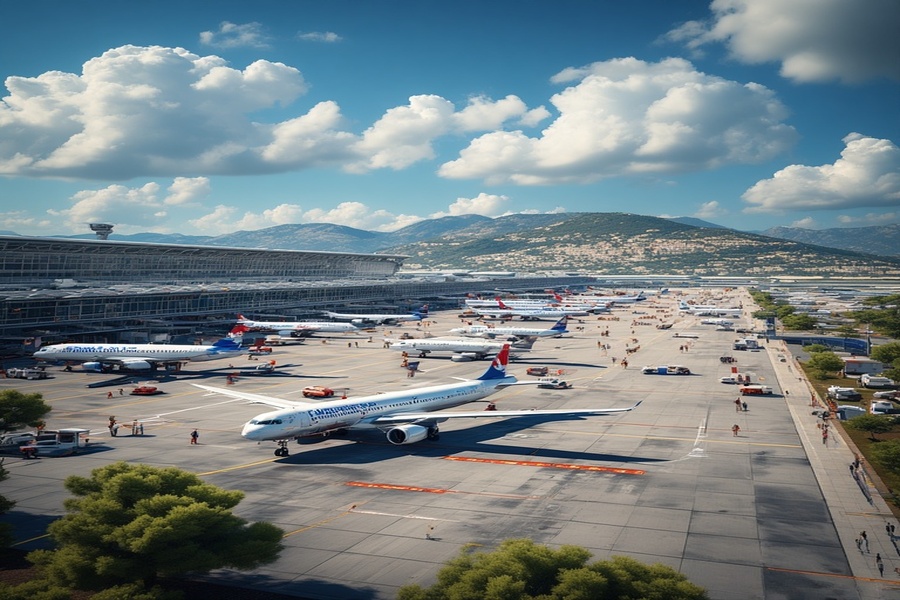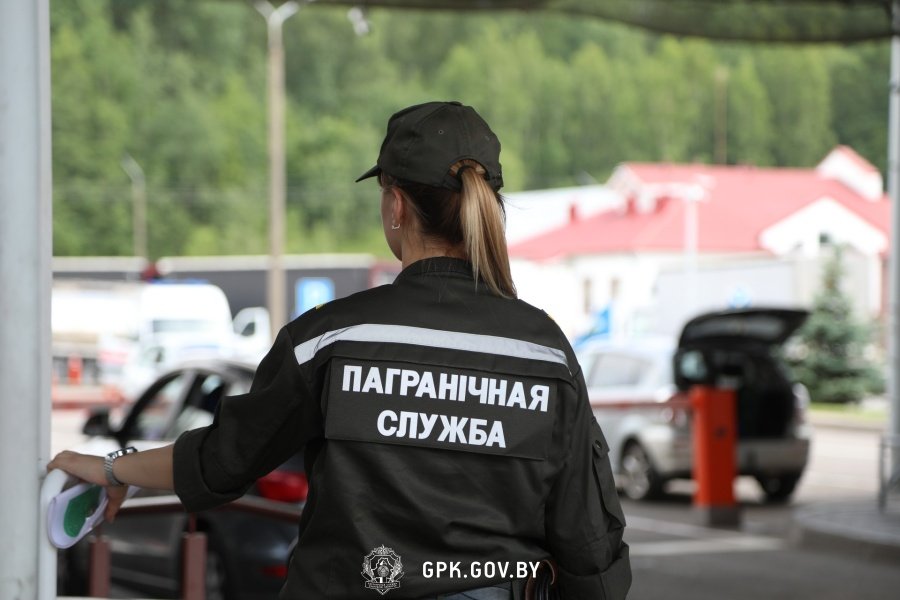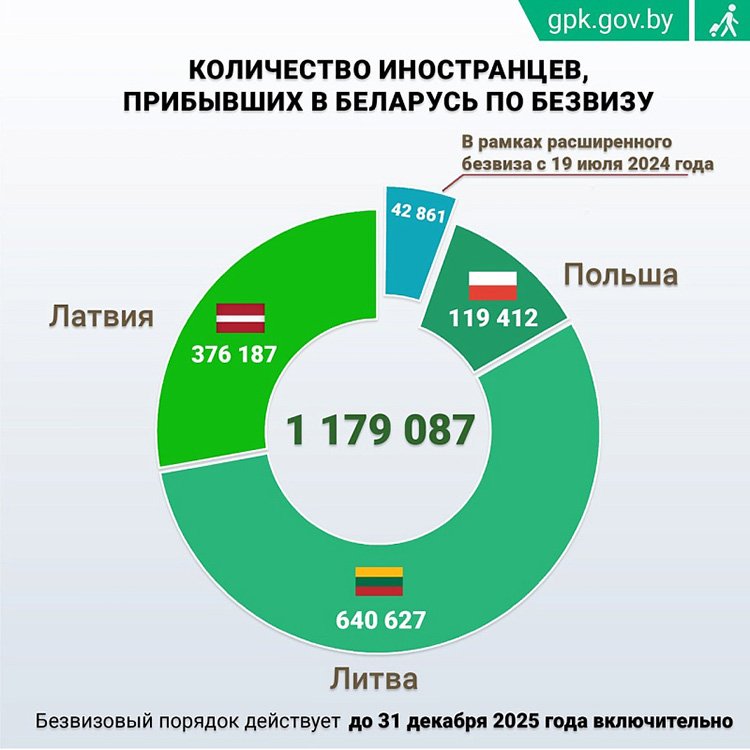читайте также
 Thousands of Hotel Rooms Remain Empty Across the UK This Christmas — Despite Record Demand
Thousands of Hotel Rooms Remain Empty Across the UK This Christmas — Despite Record Demand
 Greece Sets Air Traffic Record: October 2025 Marks a New Peak for Tourism and Aviation
Greece Sets Air Traffic Record: October 2025 Marks a New Peak for Tourism and Aviation
 Portrait of the Russian Tourist 2025: New Challenges for Resorts and Hotels
Portrait of the Russian Tourist 2025: New Challenges for Resorts and Hotels
 Spain’s Real Estate: Record Prices and Falling Yields
Spain’s Real Estate: Record Prices and Falling Yields
 Fuel crisis at Seattle Airport: the Olympic Pipeline outage has disrupted supplies
Fuel crisis at Seattle Airport: the Olympic Pipeline outage has disrupted supplies
 European Hotel Construction Market Breaks Records: Upper Upscale Segment Reaches New Heights
European Hotel Construction Market Breaks Records: Upper Upscale Segment Reaches New Heights
Foreigners in Belarus: Over One Million Europeans Entered Visa-Free

Most foreign visitors to Belarus come from neighboring Lithuania, Latvia, and Poland. The total number of trips from 38 visa-free countries has exceeded one million since April 2022, according to the State Border Committee of Belarus.
From April 15, 2022, Belarus has been visited by 1,179,087 European residents. Lithuania leads with 640,627 entries, followed by Latvia with 376,187, and Poland with 119,412. Since July 19, 2024, when the expanded visa-free regime took effect, 42,861 entries were recorded. In the first seven months of 2025, visitors from 38 European countries totaled 147,351.

The agency reminds that the visa-free entry regime was initially introduced on April 15, 2022, only for citizens of Latvia, Lithuania, and Poland. On July 19, 2024, 35 more countries were added to the list. Free crossing is allowed only through land border checkpoints.
Most visa-free visitors enter Belarus from Lithuania via the "Kamenny Log" checkpoint. Deputy Head of Border Control Anna Bertosh reported that from July 2024 to July 2025, about 70,000 citizens from Lithuania, Poland, Latvia, Estonia, the UK, Italy, Germany, and other countries entered Belarus through this checkpoint. Across four vehicle and bus checkpoints in the same period, around 122,000 Europeans crossed into Belarus.
Additionally, on March 20, 2025, Belarus introduced an electronic visa system for citizens of 67 countries. These visas allow stays of up to 30 days for tourism, private visits, business, or participation in cultural, sports, and other events. The project, implemented jointly with the Foreign Ministry, is aimed at foreign nationals who are not residents of Belarus. The list includes the USA, Canada, EU countries, the UK, Japan, Australia, and New Zealand.
For most EU citizens, the visa costs €35; for Japanese nationals, it is free; for other countries, €60. A €6 service fee applies. Applicants must hold a passport valid for at least six months and have at least $50 per day of stay. Processing usually takes up to seven calendar days.
According to Belstat, in 2024 Belarus was visited by 366,700 foreign tourists – a 57% increase compared to 2023 (233,100). The largest numbers came from Russia, Ukraine, Poland, Lithuania, and Latvia. The country had 512 hotels and similar accommodations serving around 2.2 million guests, including 1.7 million Belarusians. Average hotel occupancy was about 35%. Sanatoriums and wellness facilities hosted 1.1 million visitors, around 900,000 of whom were Belarusian citizens. Agrotourism remains popular, with 2,473 registered farmsteads hosting more than 300,000 visitors. Experts note that government support measures, including simplified entry, are boosting tourist flows.
Belarusian authorities also emphasize their active acceptance of Ukrainian citizens. Since February 2022, Belarus has received 371,808 Ukrainians – about 95% arriving via third countries: 276,926 through Poland, 71,336 through Lithuania. From Ukraine directly, 16,001 crossed the border, and 7,545 came via Latvia. From January to early April 2025, 22,700 Ukrainians arrived.
Arrivals must register their place of residence within 30 days. For stays over 90 days, a temporary residence permit is required, which can be granted for study, work, family ties, medical treatment, investments from €150,000, or significant achievements. Ethnic Belarusians and their direct descendants are also eligible. In the absence of other grounds, individuals can apply for refugee status or subsidiary protection. Approved applicants are entitled to free emergency medical care, temporary housing, financial assistance, employment, and education.
The expansion of the visa-free regime, the launch of e-visas, and simplified entry rules make Belarus more accessible to tourists, while the reception of large numbers of Ukrainians shows the country’s readiness to manage migration flows. The growing number of foreign visitors brings revenue to hotels, resorts, and other facilities. Authorities hope this will strengthen Belarus’s image as an open and safe destination, even amid a tense political climate. However, this strategy has not yet produced unequivocal results: tourists do arrive, but EU countries continue to impose new restrictions.
Подсказки: Belarus, visa-free entry, tourism, e-visa, migration, EU visitors, border policy, Ukrainians, hotels, resorts, agrotourism, travel Belarus





